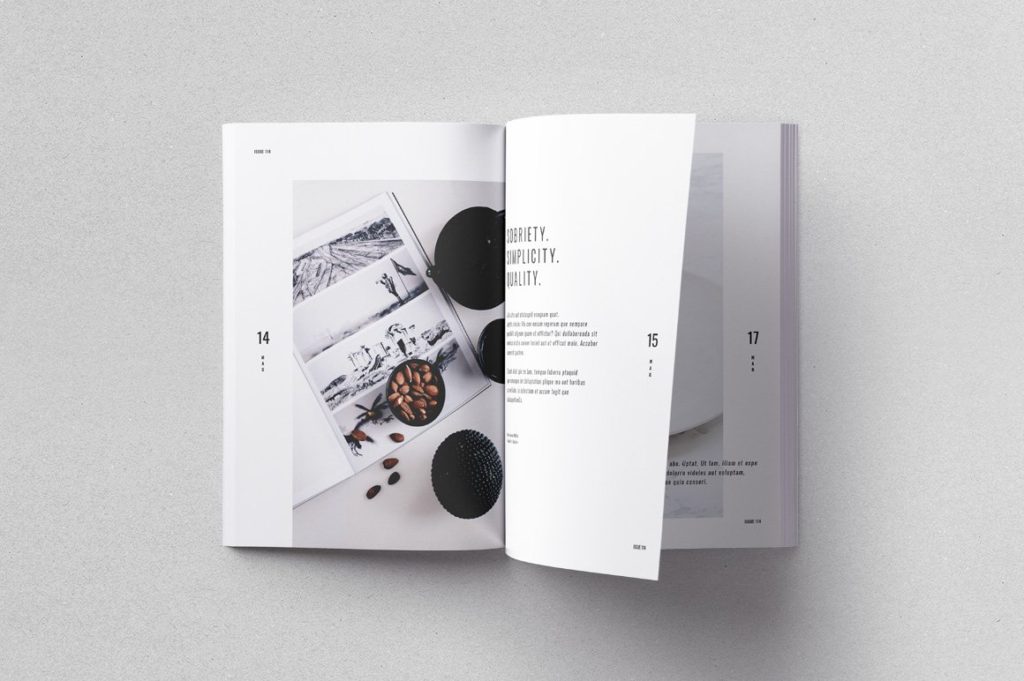Having been interviewed numerous times and interviewing professionals, there are no exact guidelines for firms when they are reviewing portfolios. Firms all have varying focuses when viewing a potential employee, for instance, graphic standards, project types, creativity, etc. We are beginning to see the market open up, and summer internships are coming, so here are key things that employers search for in portfolios!
Make sure to visit last week’s article, 6 Tips for Internship Application to Stand Out! combined with today’s article, too, which will give you a competitive edge. If you want a bigger advantage, our successful designers’ team offers 1:1 portfolio reviews!
1. Demonstration of Your Design and Critical Thinking
As much as we are designers, we are also storytellers! I’m sure many have developed a strong ability to present your projects when it comes to critiques, but the challenge here is replicating that within your portfolio. As the story unfolds for a project, employers can see a glimpse of your design, critical thinking, and ability to present a project without being present.
Have you ever read an interesting book or watched a show that leaves you on the edge of your seat wanting more, but the ending either leaves you unfulfilled or on a cliffhanger? It’s the same feeling when a potential employer views your portfolio! Instead of trying to infill your portfolio with all your work, be mindful of what you place so that your project’s story is told completely and successfully.
One of the best ways to demonstrate your ability to work through iterative design is by including your hand sketching and concept work as part of the project’s narrative. Portfolios are often saturated with images of the final design, especially digital renders. While these certainly have a place in the portfolio, they should complement other graphics that paint a full picture of the narrative. In The Argument for Hand Drawing, we discussed the benefits of sketching but is there any better way than having a conceptual sketch or diagrammatic analysis initiating your project’s story?
2. Independent projects
Studio projects are often done in groups, and odds are your employer may be looking at your peers’ portfolios, which may contain the same project. This can make it difficult to stand out, which is why including individual work adds something fresh and unique to your portfolio. It is also important to exercise your design thinking and skills with projects outside your curriculum or work. This demonstrates your desire to improve outside of your responsibilities, reassuring employers of your potential.
Group projects are fine to showcase in your portfolio as long you clearly list your responsibilities! A while back, a hiring manager shared a story of two individuals applying to the same firm that didn’t clearly list their role in a group project, making it invalid for review. Don’t let this be you — give credit where credit belongs.
3. Credibility
Unlike other professions, your portfolio is proof of the various skills you list in your CV. Can your work and/or experience speak for itself within your portfolio? Make sure to be honest in your CV, and take the time to cross-check your portfolio!
Also, be prepared to be asked about your proficiency in certain skills, especially if they are listed in your CV but not shown in your portfolio. This is typically more relevant to soft skills that aren’t demonstrated in a portfolio but can happen with software and technical skills. It is important to remember that firms also look to see if a potential intern or employee will fit into the studio culture that has been cultivated.
I hope this helps your professional journey in this industry! Stay tuned next week when we share tips on improving your ability to sketch. Sharing is caring! We hope to provide you with valuable insights and share them with someone who might find this useful. Make sure to follow our Youtube and Instagram for more content!
